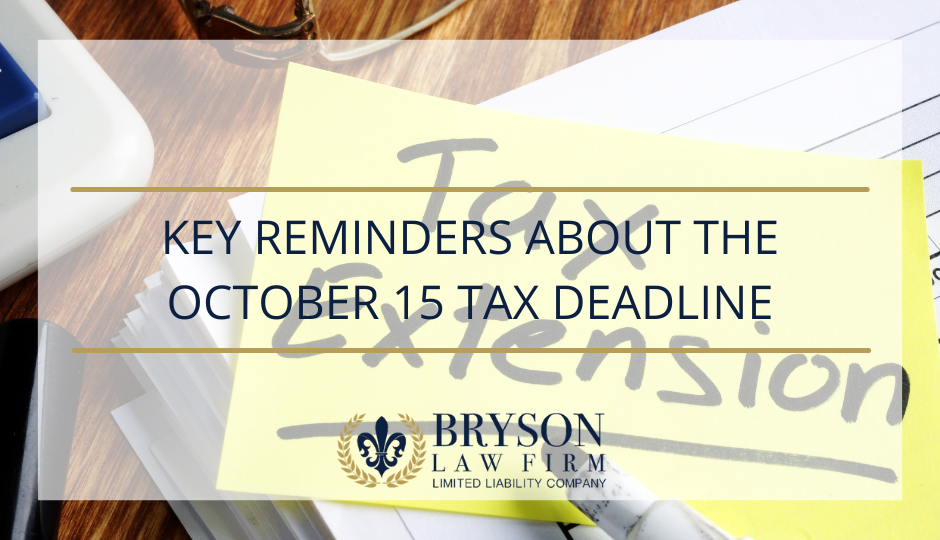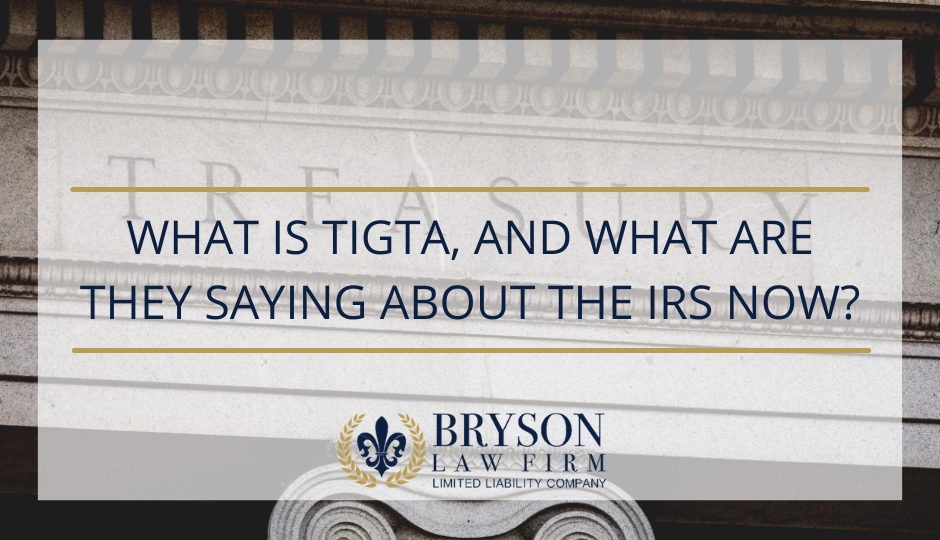Did you know that many types of IRS Tax Resolution are based on the Taxpayer's current financial "Ability to Pay"? Eligibility for IRS Offers in Compromise, Currently Not Collectable Status, and certain Installment Agreement options require the IRS to look at the Taxpayers income and assets vs. expenses to determine what the Taxpayer is able to pay.
The IRS provides Collection Information Statements (~financial statements) that are used to calculate the Taxpayer's Ability to Pay.
In preparing these IRS financial statements, it is important to be aware of the IRS' "Standards" that they use in calculating the Taxpayer's Ability to Pay. These Standards provide for allowable living expenses - amounts deemed "necessary" to provide for a Taxpayer's health, welfare, and/or production of income. This means that what a Taxpayer actually pays in monthly expenses may NOT be the figure the IRS uses to determine what the Taxpayer can pay toward the back taxes owed.
On April 21, 2025, the IRS revised these standards using an inflation metric based off the Personal Consumption Expenditures index.
These Collection Financial Standards are broken up into categories:
- Food, Clothing, and Other Items: These standards are the same nationwide for Taxpayers, and provide for the amounts that Taxpayers should spend on food, housekeeping supplies, apparel and services, personal care products and services, and miscellaneous expenses. These standards are set using the Bureau of Labor Statistics Consumer Expenditure Survey.
- For 2025, the national standard for these monthly expenses are set at $839 for 1 person, $1481 for two people, $1753 for three people, $2129 for four people, and $394 for each person in excess of four in the household.
- Out-of-Pocket Health Care Expenses: These standards are the same nationwide for Taxpayers, and provide for the amounts that Taxpayers should spend on medical services, prescription drugs, and medical supplies. This is in addition to the allowed amount Taxpayers may pay for health insurance.
- For 2025, the national standard for these monthly expenses are set at $84 for those under 65, and $149 for those 65 and older.
- Housing and Utilities: These standards are set locally, and are determined using the US Census Bureau American Community Survey. These standards are for housing and utilities allowed for a Taxpayer's primary place of residence - mortgage or rent, property taxes, interest, insurance, maintenance, repairs, gas, electric, water, heating, garbage, telephone, cable, and internet.
- For 2025, using St. Tammany Parish, Louisiana as a local example, the standards for these monthly expenses are set at $1825 for one person, $2144 for two people, $2259 for three people, $2519 for four people, and $2559 for five or more people in the family household.
- Transportation: The transportation standards are three-part: nationwide standards for public transportation and/or monthly vehicle loan or lease payments ("ownership costs") and operating costs (maintenance, repairs, insurance, fuel, registration, licenses, inspections, parking, and tolls) set locally. A single Taxpayer is typically allowed one vehicle - up to two vehicles in a multi-family household.
- For 2025, the national standard for Taxpayers to spend on public transportation is $244. The national standard for vehicle ownership costs is $662 for one car, $1324 for two. The locally-set operating costs for the South Region are $281 for one car, $562 for two.
If a Taxpayer's expenses exceed these standards, they may still be allowed for payment of these living expenses in excess of the standards so long as all IRS balances can be paid in full over six years.
What do you think of these IRS expense standards? Realistic? Reasonable? If you need help negotiating with the IRS using your financial "Ability to Pay", contact the Bryson Law Firm today.























